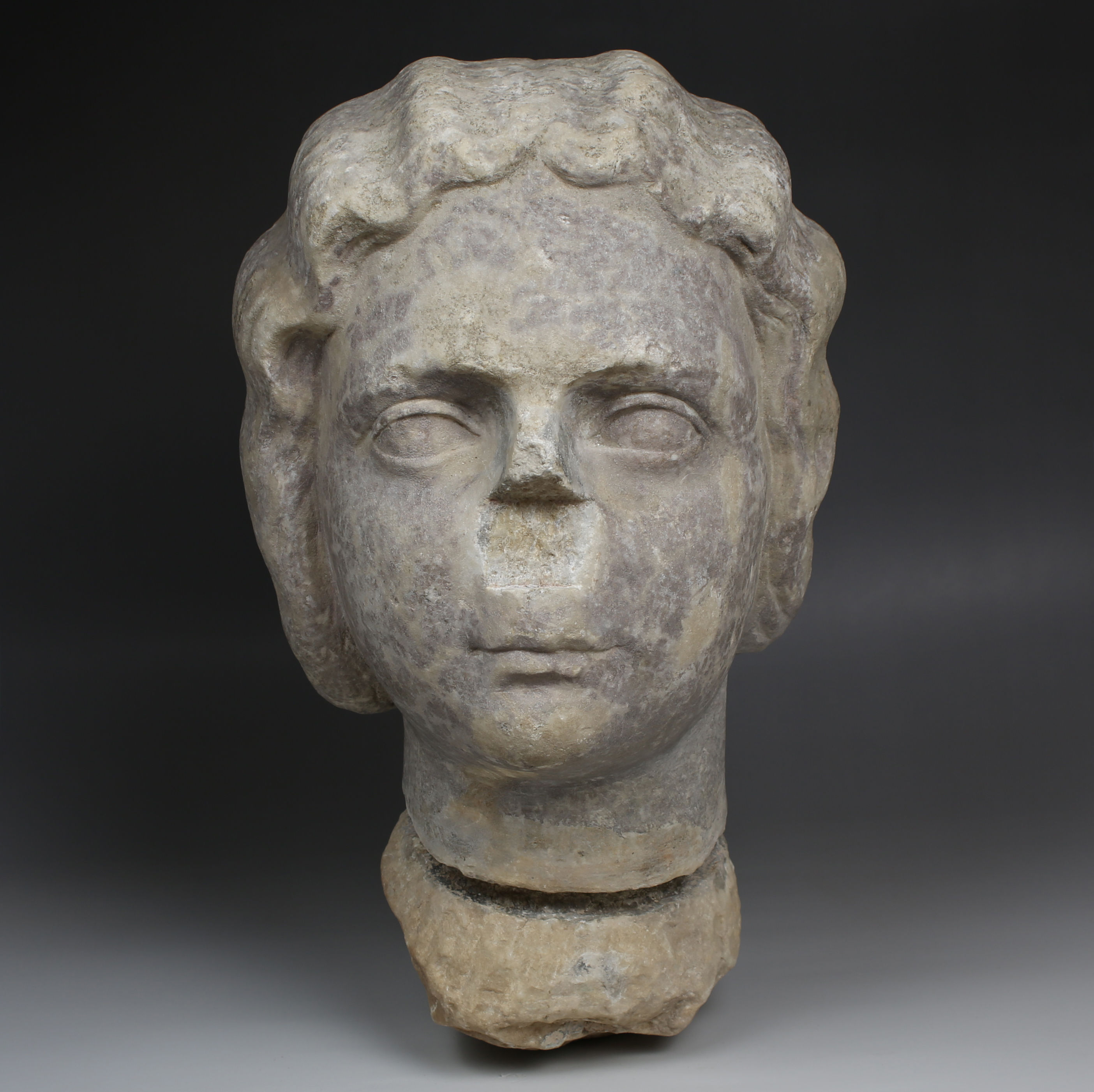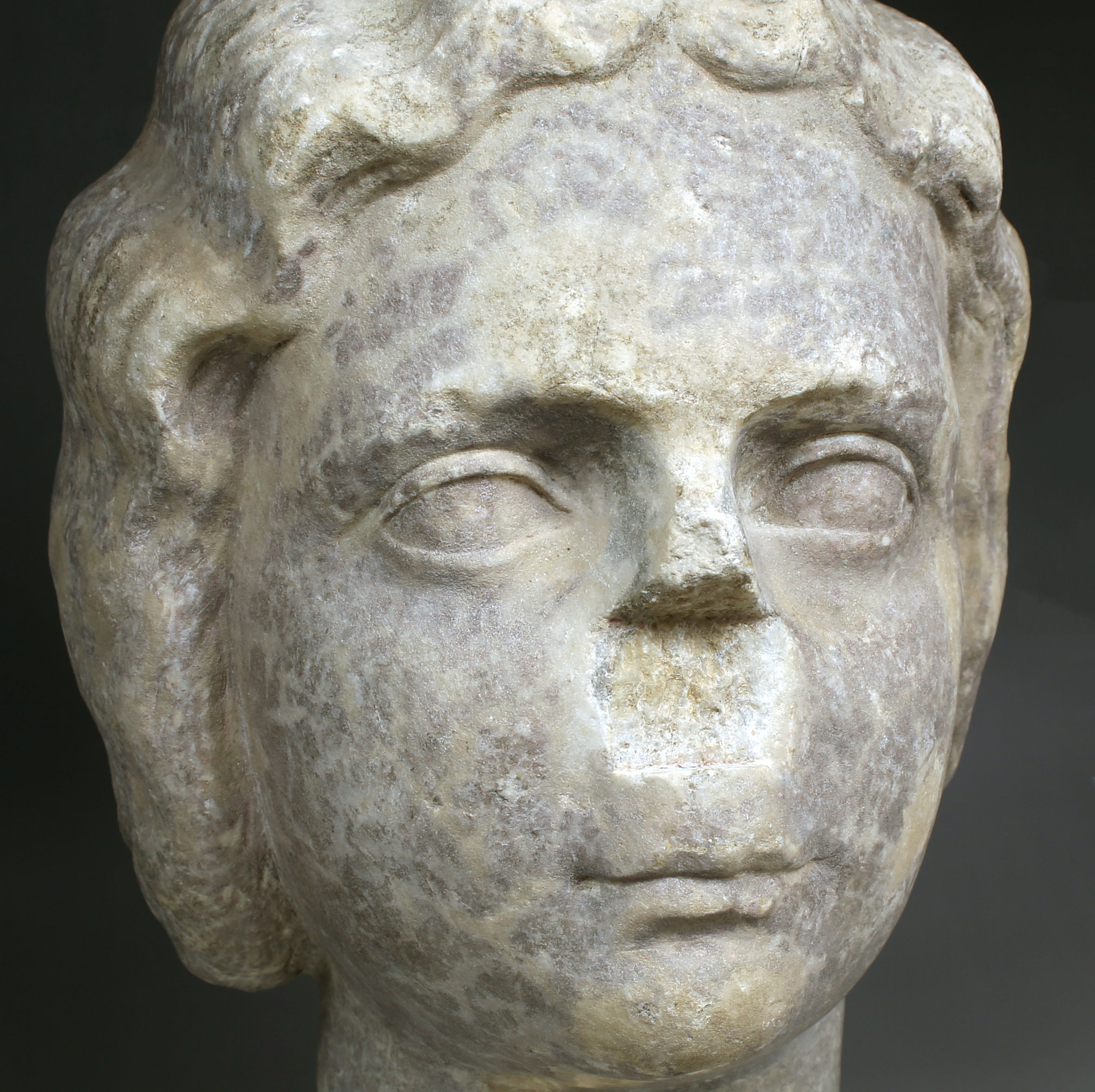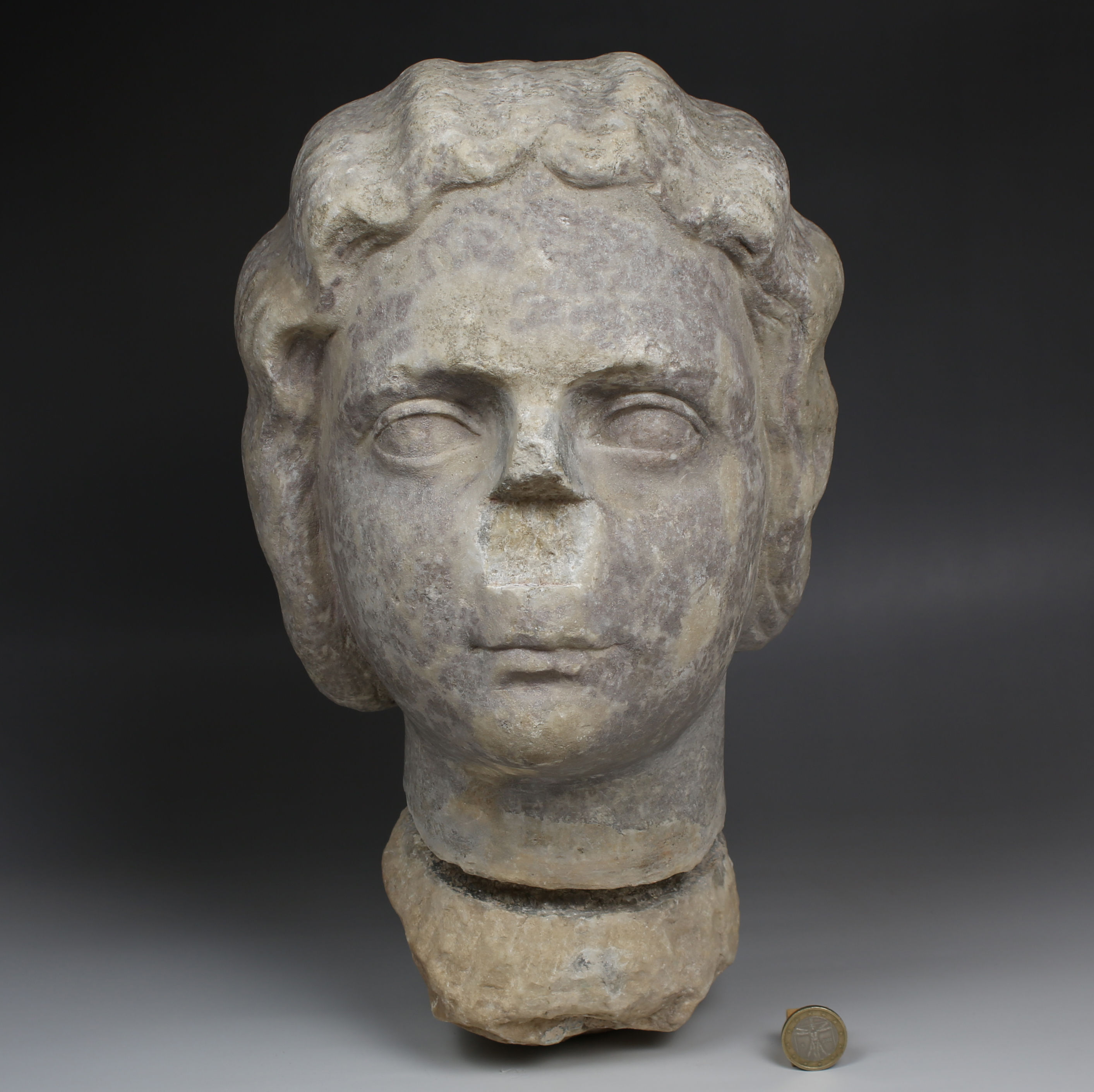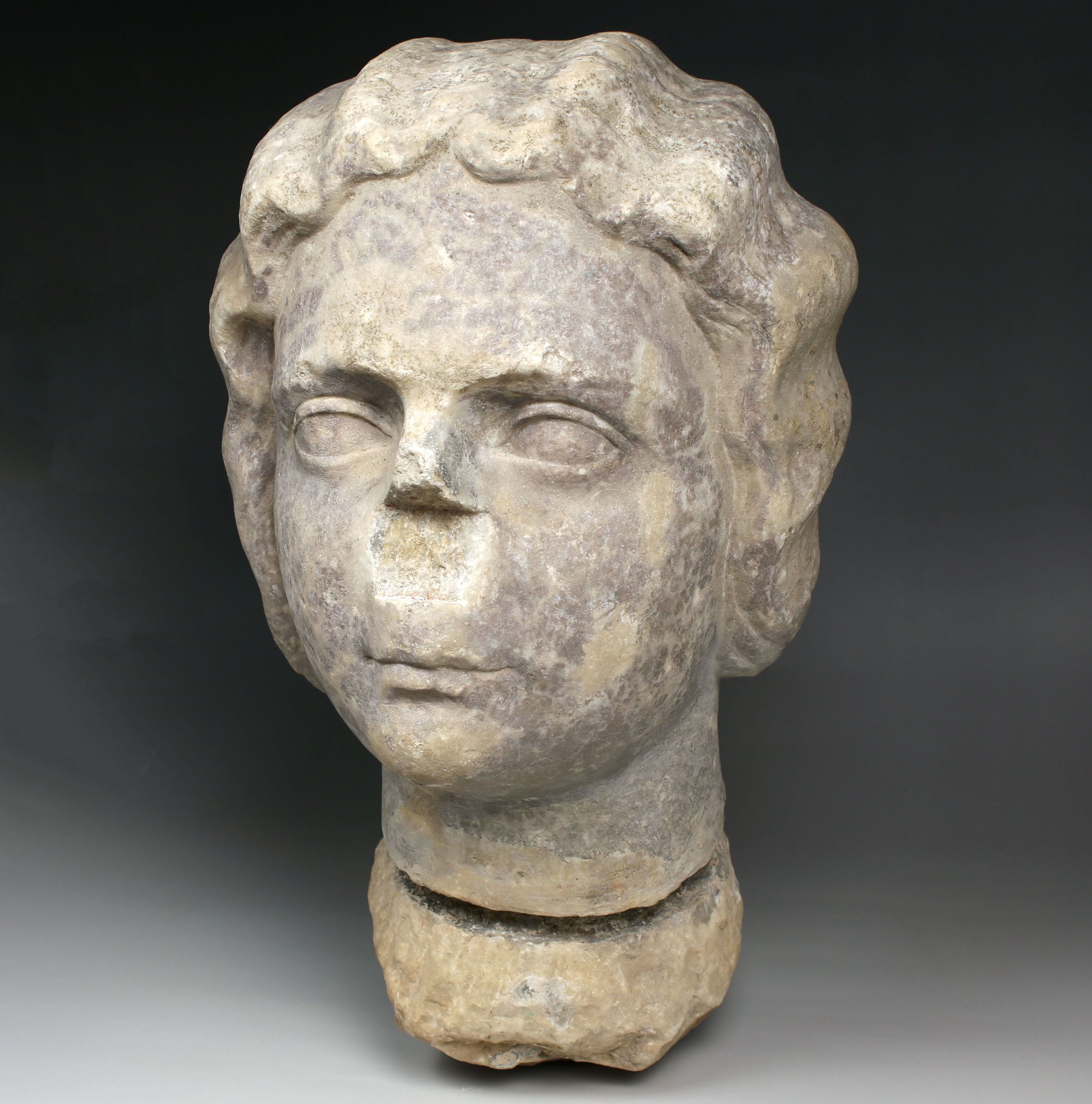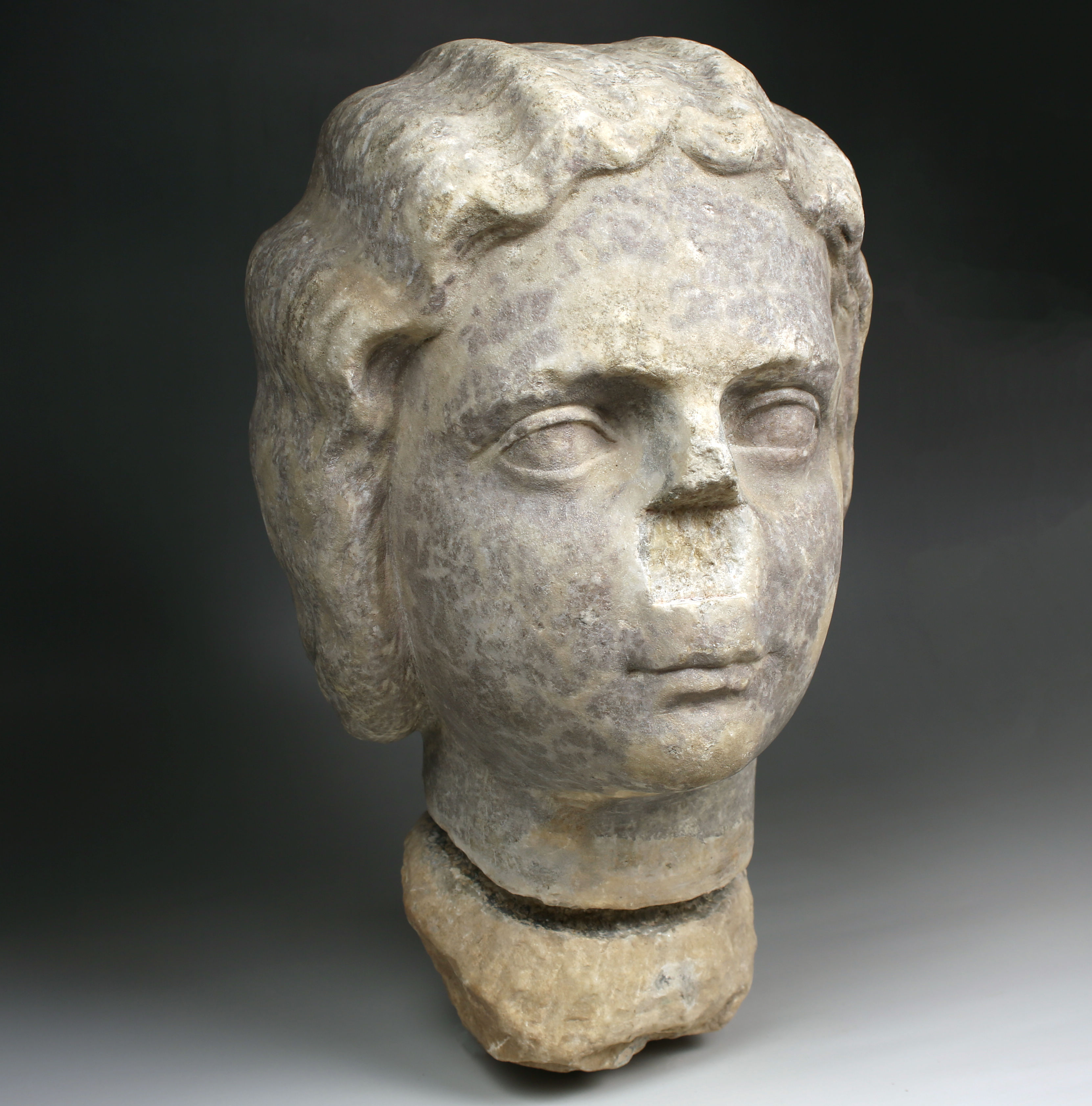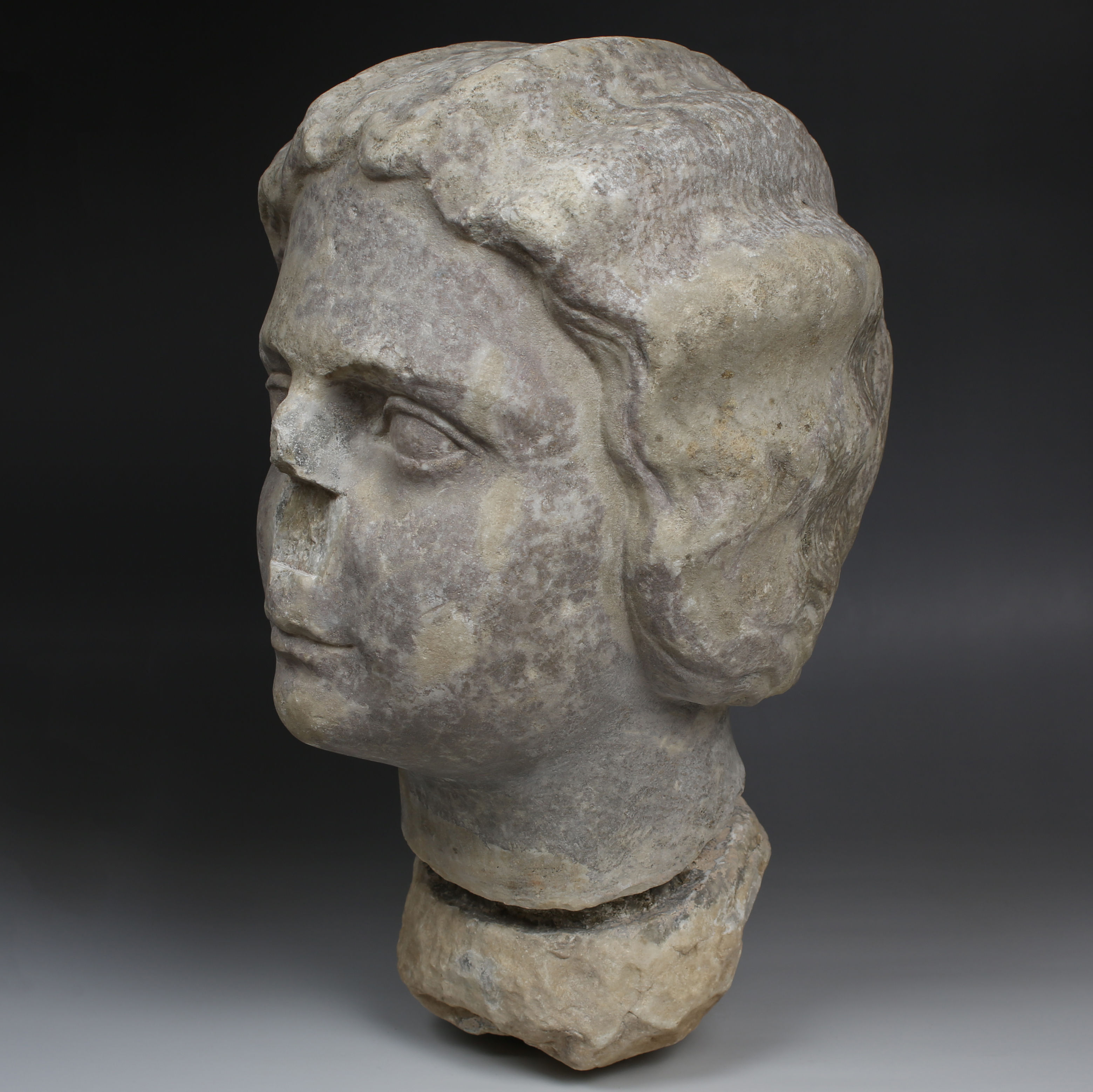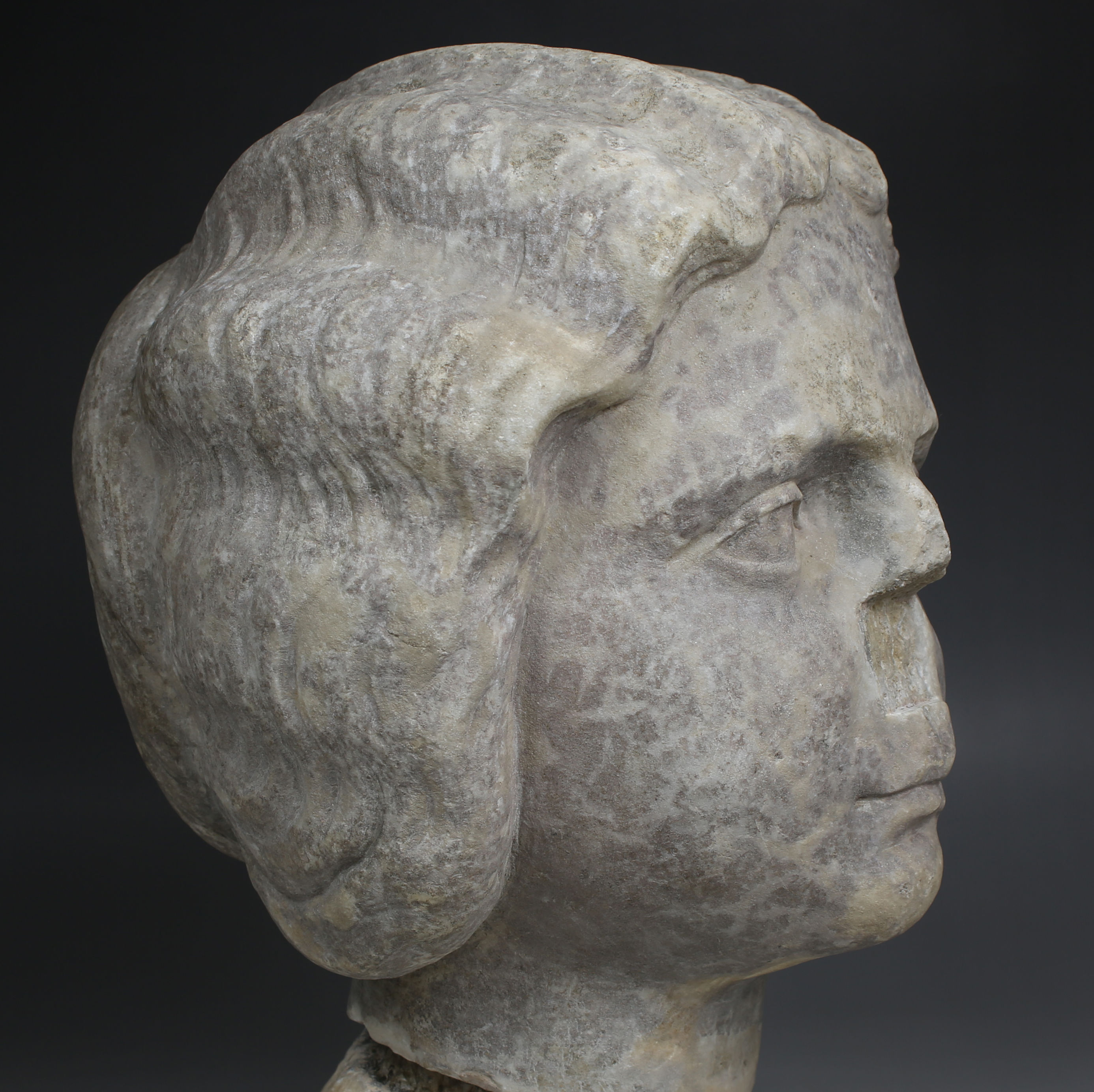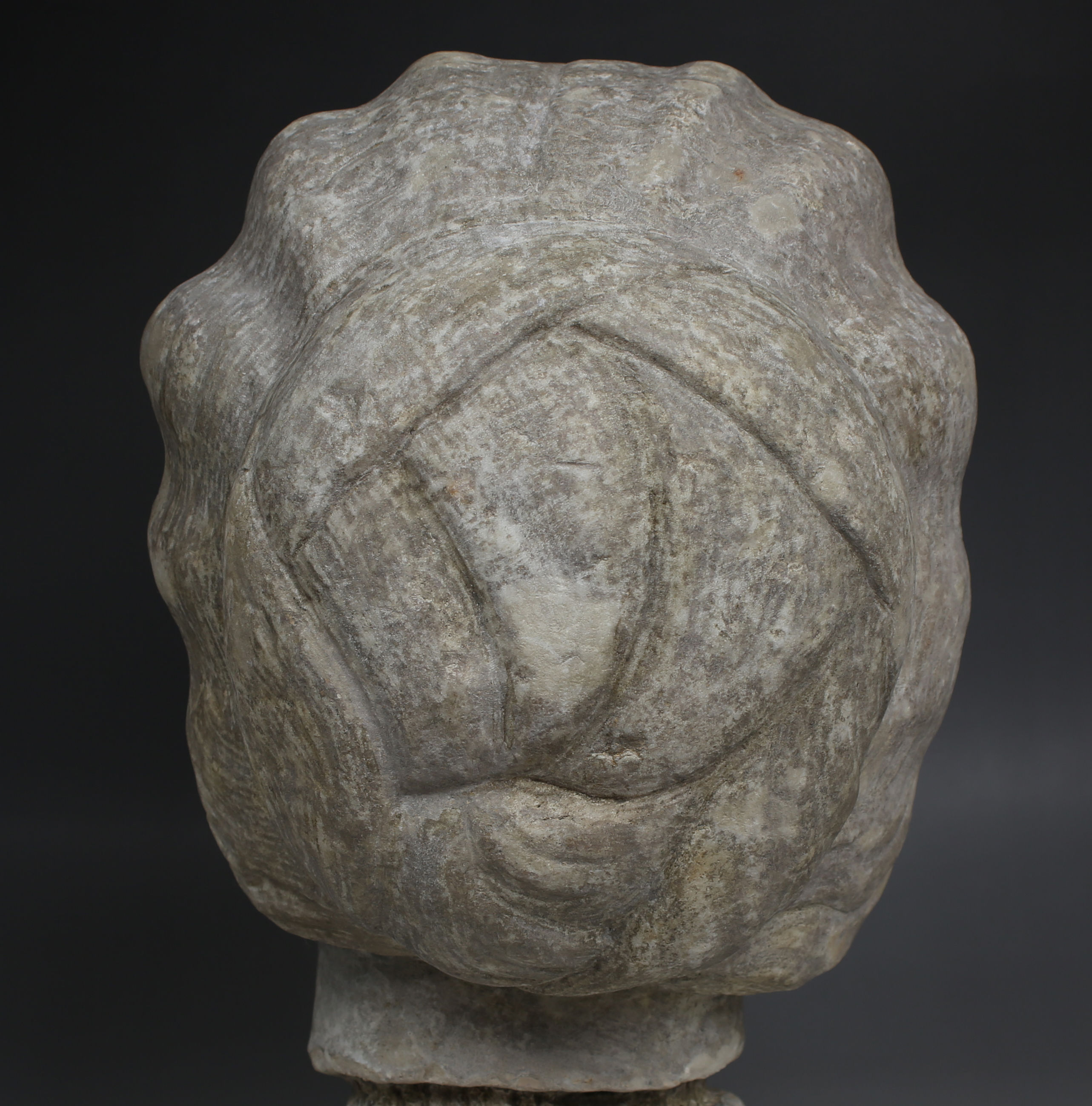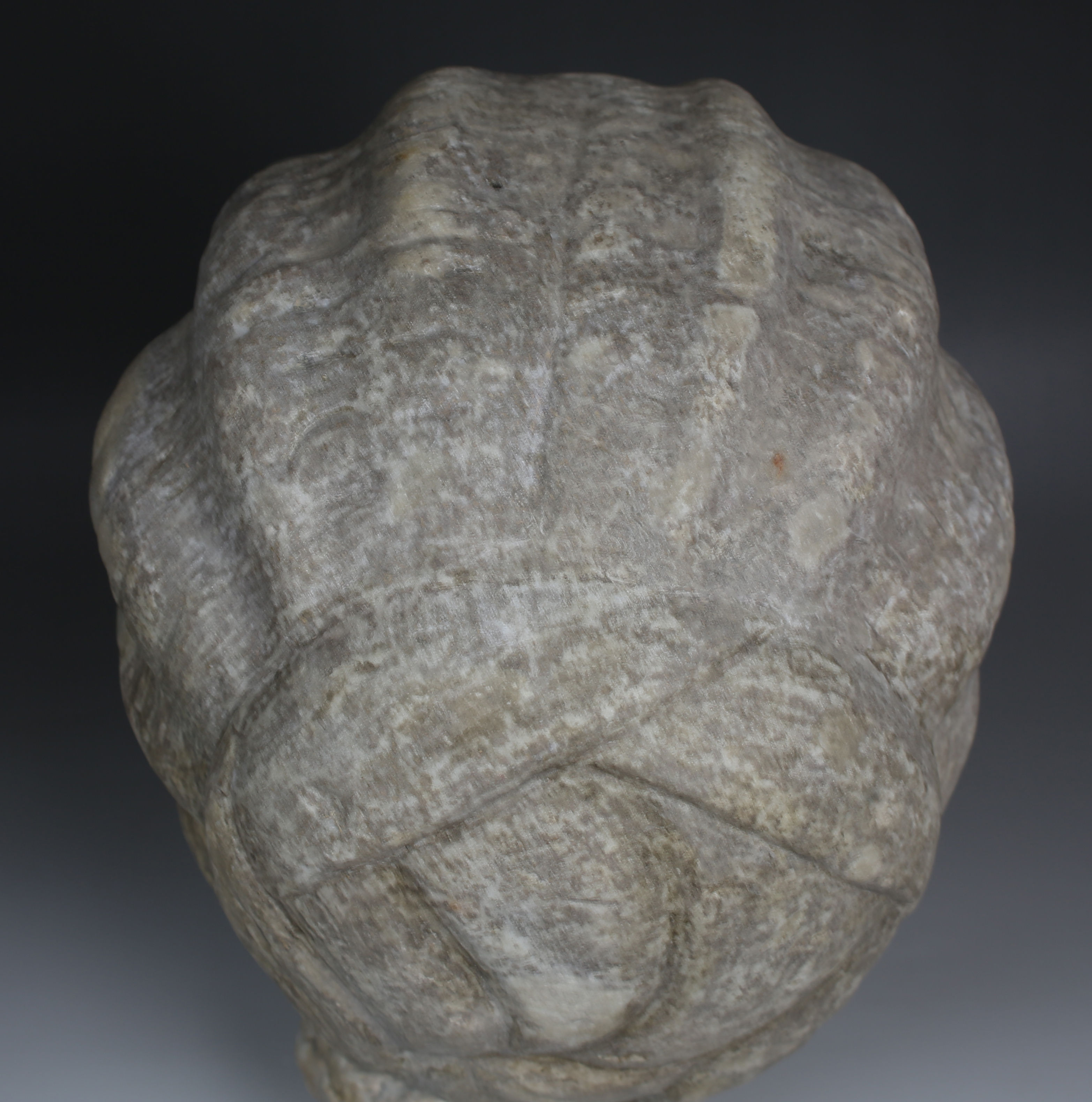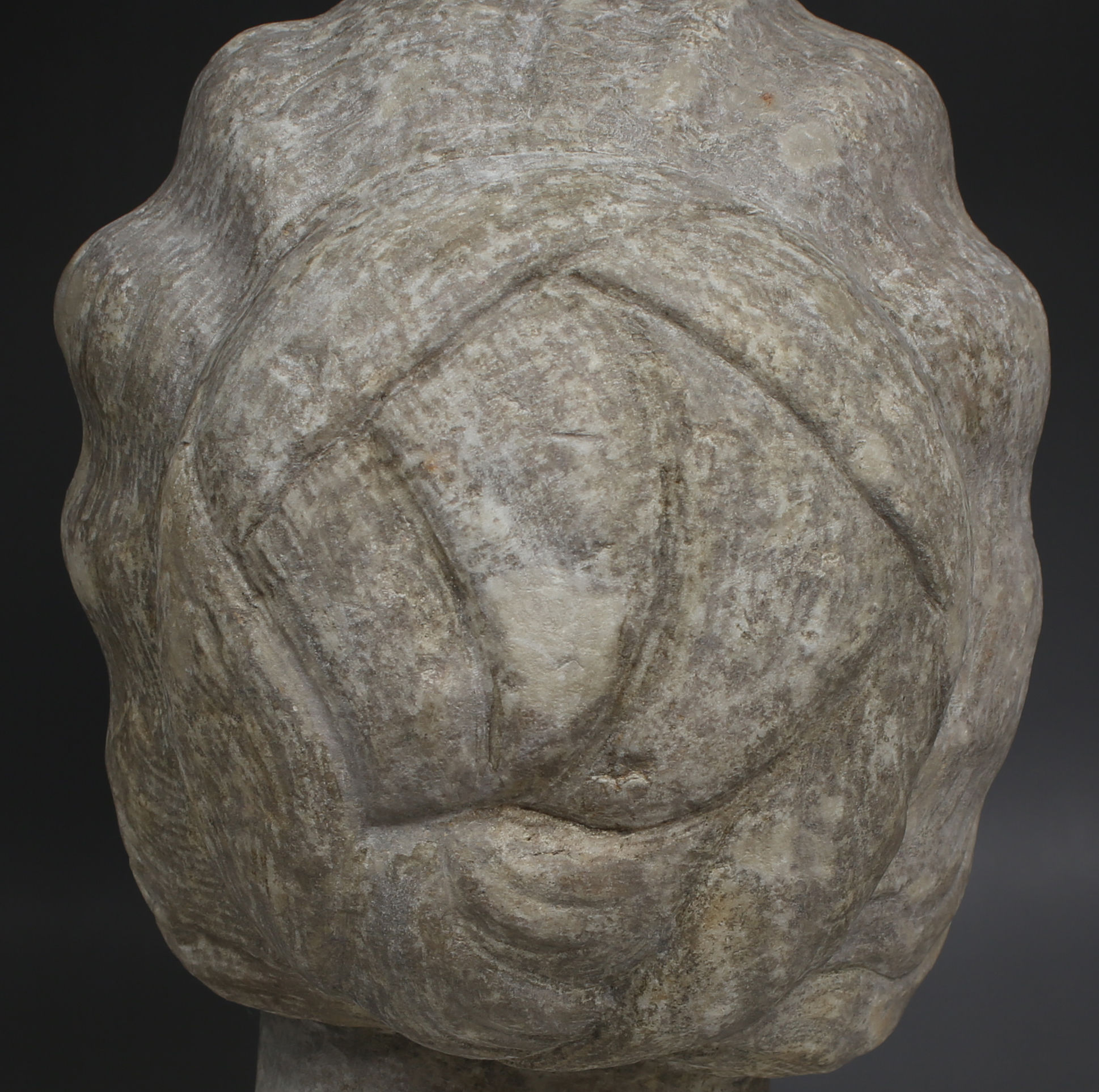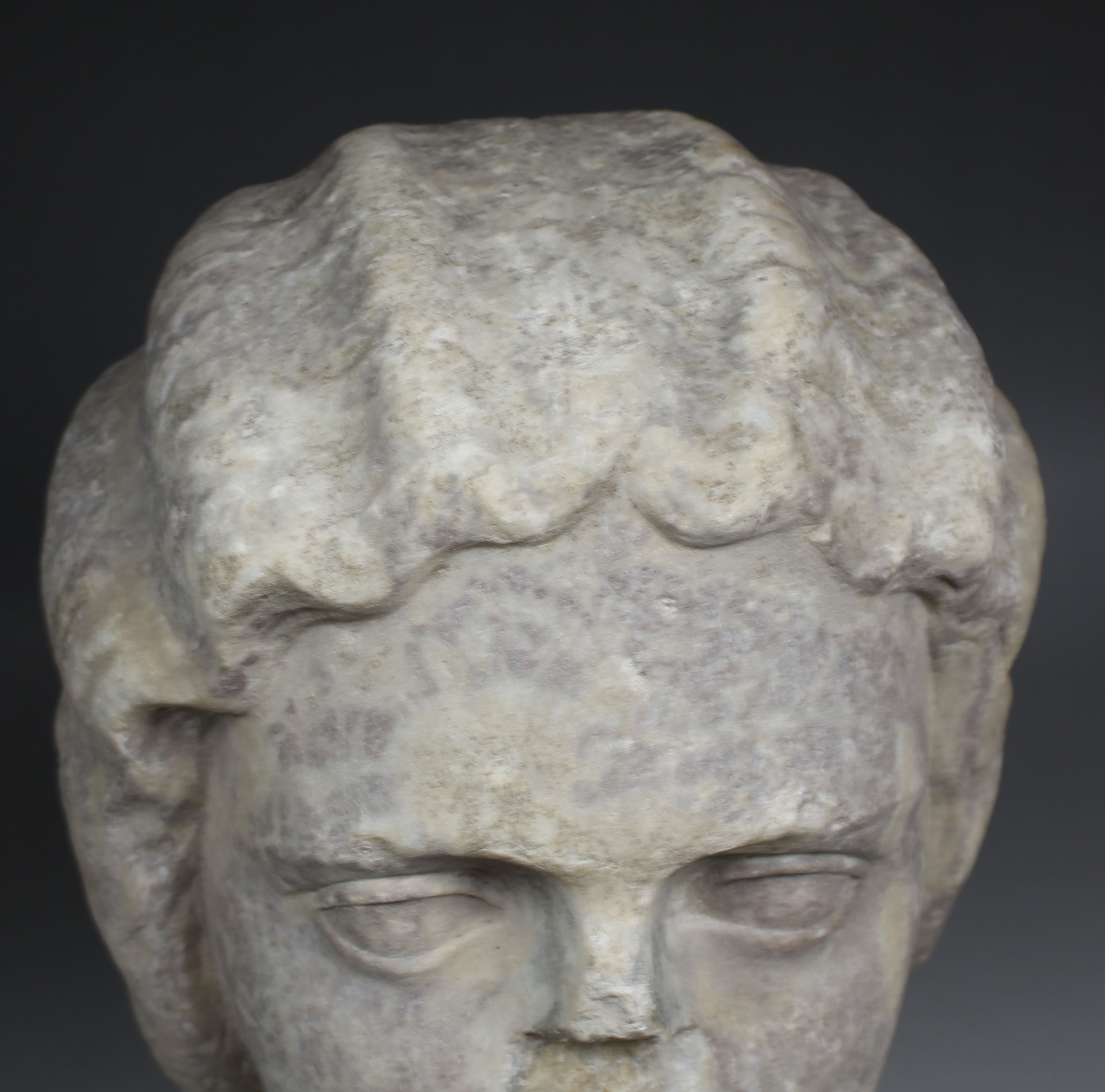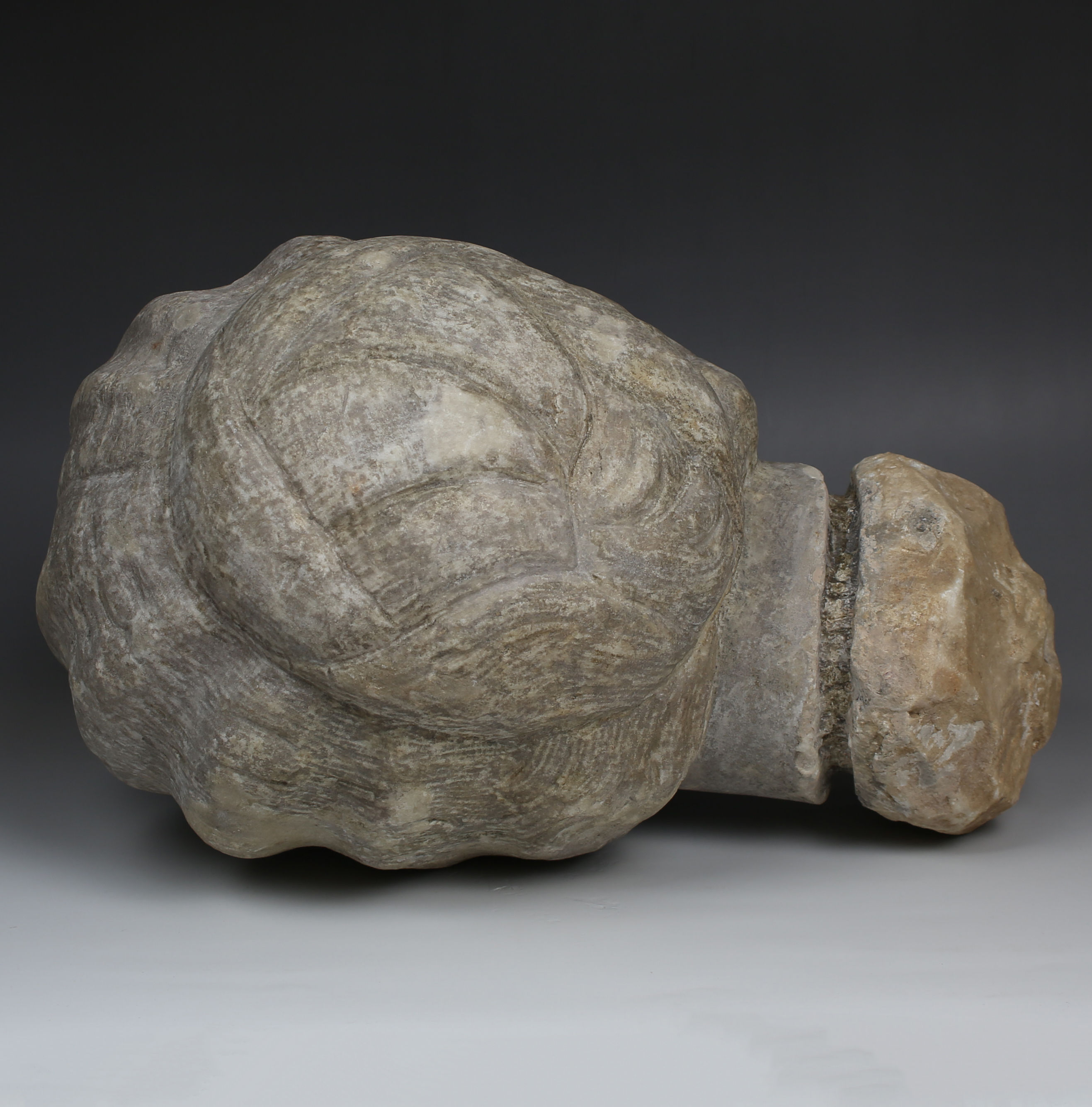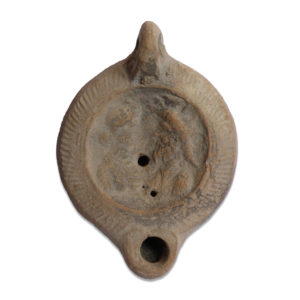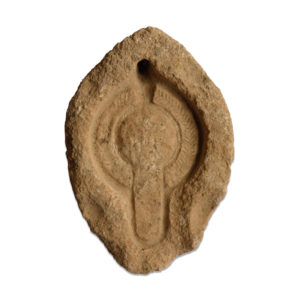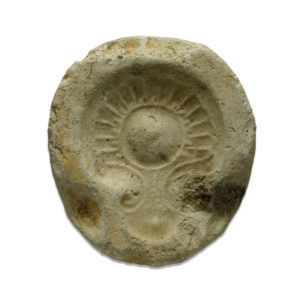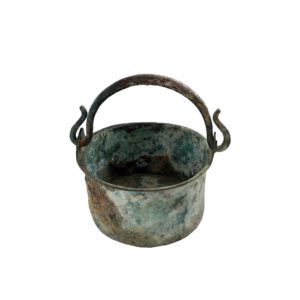Description
| ITEM | Head of a woman / Portrait of a princess or an empress, Type Hanovre-Palazzo Corsini |
| MATERIAL | Marble |
| CULTURE | Roman |
| PERIOD | Severan period, 193 – 235 A.D |
| DIMENSIONS | 350 mm x 210 mm x 230 mm, around 15kg |
| CONDITION | Good condition, professionally cleaned. Includes report. The restored nose was removed, as well as the neck mortar to fit a bust. |
| PROVENANCE | Ex English private collection, acquired between 1960s – 1970s, from an inheritance and sold by his heirs |
| PARALLEL | Collections des musées de France (Joconde), Référence : 05630030365, Toulouse, Musée Saint-Raymond |
The Severan period, spanning from 193 to 235 CE, marked a significant era in the Roman Empire characterized by the rule of the Severan dynasty. This period began with the ascension of Septimius Severus, who secured his position after a year of civil war following the assassination of Commodus. The dynasty included his sons Caracalla and Geta, as well as later emperors such as Elagabalus and Alexander Severus. The Severan period is noted for its military expansion, legal reforms, and architectural achievements. It also witnessed increasing cultural syncretism, with the blending of Roman and Eastern influences, as the Severan emperors had strong ties to the provinces, particularly in North Africa and the Middle East.
Art and portraiture from the Severan period reflect the political and social changes of the time. One of the distinctive features of Severan portraiture is its realistic and often idealized depiction of imperial family members. Portraits were used as a means of propaganda to convey the authority, divinity, and continuity of the ruling dynasty. These portraits were disseminated throughout the empire in various forms, including marble busts, coins, and reliefs. They emphasized the emperor’s military prowess, divine favor, and the continuity of Roman traditions.
Marble portrait heads of women from the Severan period exhibit a blend of idealism and realism, capturing both the physical likeness and the social status of the subject. These portraits often feature elaborate hairstyles, which were a significant aspect of Roman fashion and could indicate the individual’s wealth, status, and adherence to contemporary trends. The intricate hairstyles of Severan women, such as those seen in portraits of Julia Domna, the wife of Septimius Severus, are particularly notable. Julia Domna’s portraits often show her with a distinctive coiffure of waves and curls, reflecting her influential status and the period’s aesthetic preferences.
In terms of artistic technique, Severan marble portraits are characterized by their meticulous attention to detail and the use of drilling to create deep shadows and intricate textures, especially in the hair and eyes. This technique allowed for a greater contrast between light and shadow, enhancing the lifelike quality of the sculptures. The eyes of the portraits were often inlaid with colored stones or painted, adding to the realism and intensity of the expression. The high level of craftsmanship in these portraits demonstrates the skill of Roman sculptors and the importance placed on accurate and expressive representations.
The Severan period also saw the continuation and expansion of public works and monuments, which served to reinforce the power and legacy of the ruling family. Portraits of women, often placed in public and private spaces, were part of this broader program of visual propaganda. These images not only celebrated the beauty and virtue of the imperial family but also served to legitimize their rule by associating them with traditional Roman values and divine favor.


